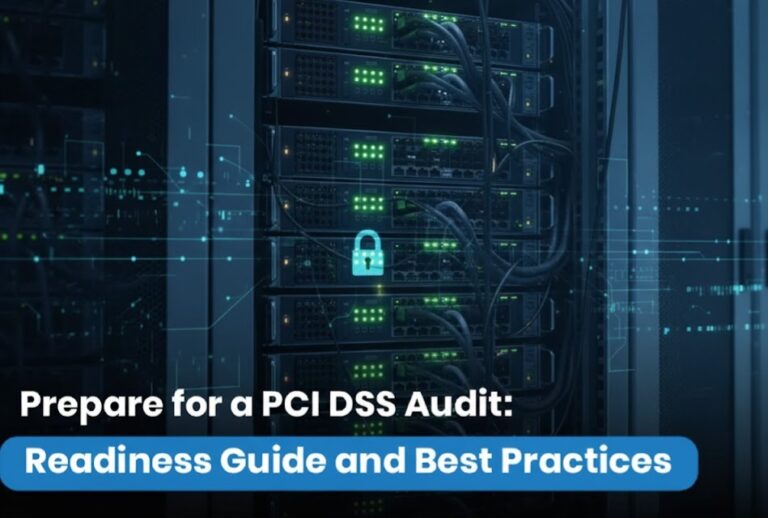If your business processes credit or debit card payments, PCI DSS compliance isn’t optional — it’s essential. Yet research shows that only 14.3% of companies remain fully PCI compliant, a sharp drop from 43% in 2020.
With the release of PCI DSS v4.0.1, the compliance landscape across Australia and New Zealand (PCI DSS NZ) is rapidly evolving — and so are the challenges. Many organizations still fall short not because PCI DSS is too complex, but because of avoidable mistakes.
This guide highlights the most common PCI DSS pitfalls and how your business can avoid them to stay secure, compliant, and audit-ready all year — whether you operate in Australia, New Zealand, or beyond.

Most businesses underestimate where cardholder data lives — backups, test systems, or cloud environments can easily expand your PCI scope.
Tip: Map all data flows, reduce storage locations, and segment your Cardholder Data Environment (CDE). Review and validate your PCI scope quarterly.
Keeping full PANs, CVVs, or PINs after authorization is strictly prohibited under PCI DSS.
Tip: Follow a “collect less, store less” principle. Purge unnecessary card data, tokenize what you must keep, and use strong encryption.
Default passwords, shared logins, and missing MFA are leading compliance failures.
Tip: Enforce multi-factor authentication (MFA) for all CDE access, adopt strong password policies, and regularly review user privileges.
Skipping vulnerability scans or delaying patches increases risk exposure.
Tip: Conduct quarterly vulnerability scans, annual penetration tests, and implement consistent patch management processes.
Many breaches go undetected because there’s no active log monitoring or response plan.
Tip: Use centralized logging, daily log reviews, and automated alerts. Maintain and regularly test your incident response plan to reduce downtime and damage.
Human error remains the biggest threat to compliance.
Tip: Conduct mandatory security awareness training covering phishing, data handling, and PCI fundamentals. Make compliance part of your team culture.
Compliance isn’t something you “pass” once — it requires continuous effort.
Tip: Schedule internal PCI self-assessments, automate reminders for security tasks, and track your compliance performance throughout the year.
PCI DSS 4.0.1 is more than a checklist — it’s a framework for building customer trust and protecting payment data. Whether your business is based in Australia or New Zealand, avoiding these pitfalls and embracing continuous compliance will keep your organization secure, resilient, and ready for every audit

PCI DSS QSA audit— Preparing for a PCI DSS QSA

PCI DSS QSA audit Australia — In today’s digital economy,
Acknowledgment The authors would like to thank the broader cryptography